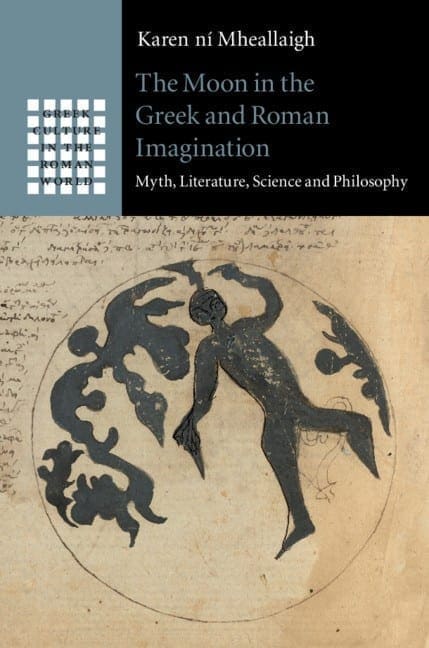
-
Karen ní Mheallaigh
(author)
-
Cambridge University Press ,2020
- Purchase Online
The Moon exerted a powerful influence on ancient intellectual history, as a playground for the scientific imagination. This book explores the history of the Moon in the Greco-Roman imaginary from Homer to Lucian, with special focus on those accounts of the Moon, its attributes, and its ‘inhabitants’ given by ancient philosophers, natural scientists and imaginative writers including Pythagoreans, Plato and the Old Academy, Varro, Plutarch and Lucian. ní Mheallaigh shows how the Moon’s enigmatic presence made it a key site for thinking about the gaze (erotic, philosophical and scientific) and the relation between appearance and reality. It was also a site for hoax in antiquity as well as today. Central issues explored include the view from elsewhere (selēnoskopia), the relation of science and fiction, the interaction between the beginnings of science in the classical polis and the imperial period, and the limits of knowledge itself.
- Introduces aspects of the ancient understanding of the Moon that were influential on early modern thought
- Proposes a new understanding of the Moon’s formative influence on ancient intellectual history
- Explores diverse sources of evidence from scientific, philosophical, and literary angles, as appropriate to the author or figure in question